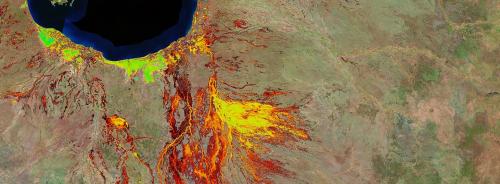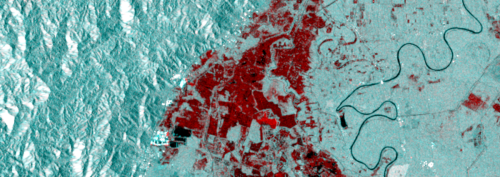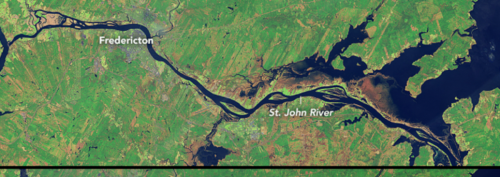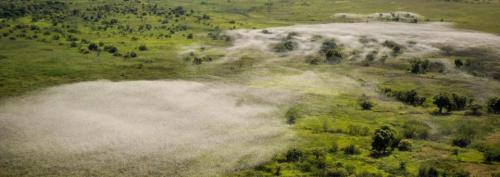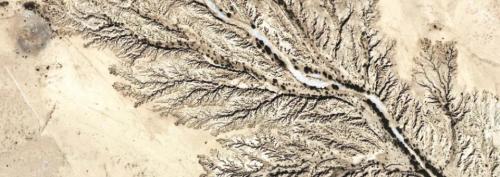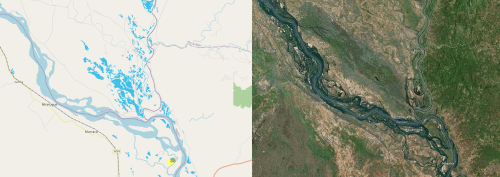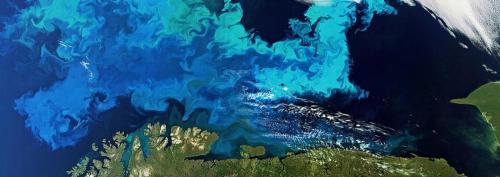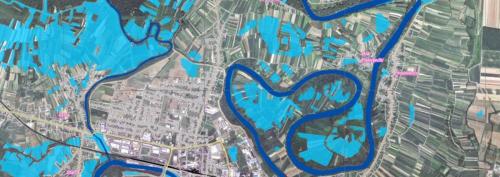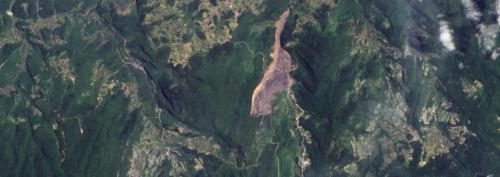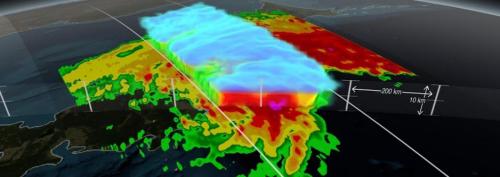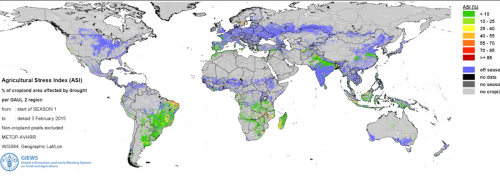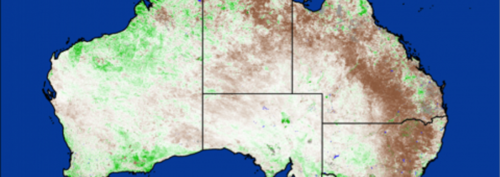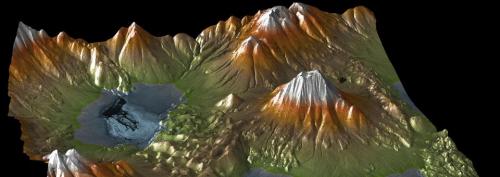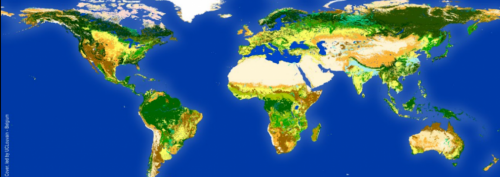Satellite-derived data relevant for disaster risk reduction and emergency response is available from many sources and providers. The UN-SPIDER database on satellite data and products offers links to datasets of satellite imagery, elevation models, land use and land cover maps as well as near real-time data products for different hazard types. But how can these datasets be used for particular hazards? How are datasets combined, and why is the information they provide so vital in the context of disaster management?
To highlight areas where space-based information is used to support disaster management efforts, the UN-SPIDER team compiles an overview of relevant applications of space-based data on a monthly basis. The Data Applications provide background information on specific hazards and how they can be monitored from space and links to related data sets and information products.
